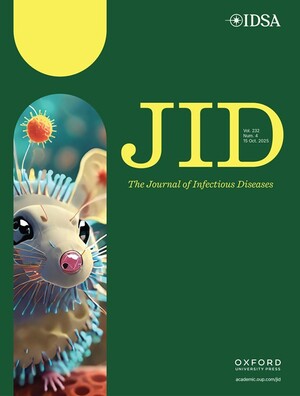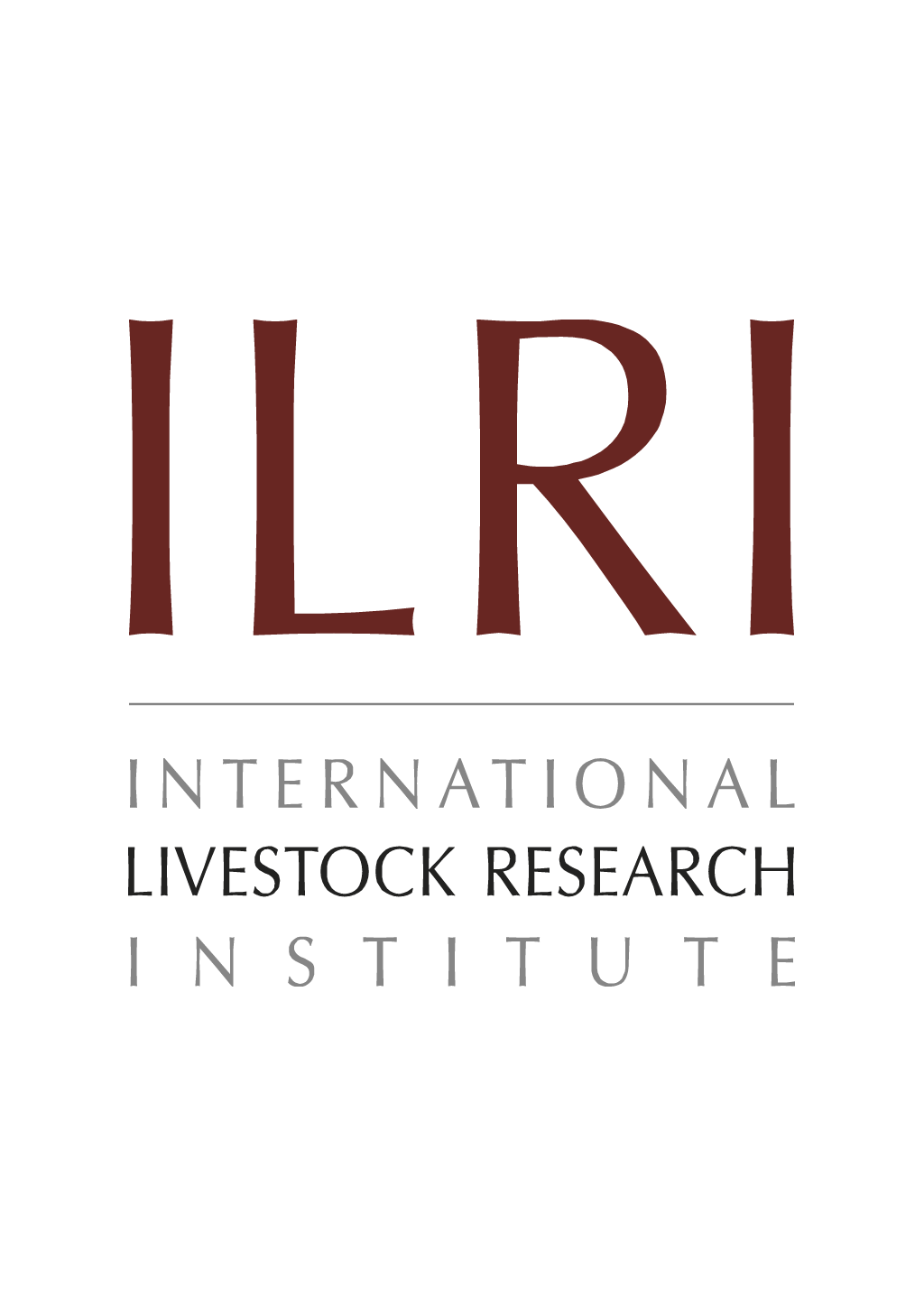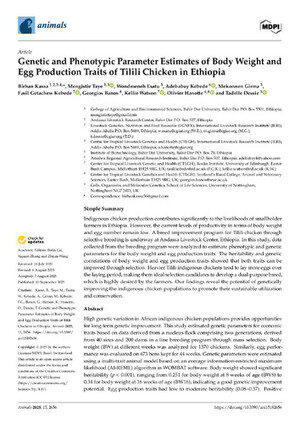
Changes in the fatty acid profile and phenol content of milk from cows fed tanniferous plants
Abstract
Cow’s milk and other dairy products are major food commodities throughout the world. Dairy products are a major source of fatty acids in the human diet. The fatty acid profile of bovine milk can be deliberately manipulated, to some extent, to benefit human nutrition through the cow’s diet. Two experiments were performed with late-lactating dairy cows. In the first (short-term) experiment, six cows were fed six phenolic plants in a Latin Square design in comparison to a low-phenol plant (lucerne). This was followed by a long-term (22 days) experiment where 20 cows were fed 20 dosages of the same phenolic plant (hazel leaves). After 3 days, an effect of the diet could be observed in the fatty acid profile of the milk. Some of the phenolic plants, particularly rosebay willow, wood avens and blackcurrant, prevented part of the polyunsaturated fatty acids from being biohydrogenated. While all plants tested led to a depletion of rumenic acid, a conjugated linoleic acid. In the long-term experiment, there was a trend towards an increased phenol content in the milk when the phenol content of the diet was higher. However, there was no response in fatty acid profile to an increasing hazel proportion.
Citation
Birkinshaw, A.; Schwarm, A.; Marquardt, S.; Kreuzer, M. and Terranova, M. 2019. Changes in the fatty acid profile and phenol content of milk from cows fed tanniferous plants. IN: Chizzotti, M.L. 2019. Energy and protein metabolism and nutrition. EAAP Scientific Series 138. Wageningen: Wageningen Academic Publishers: 279-280










